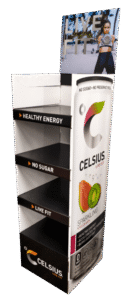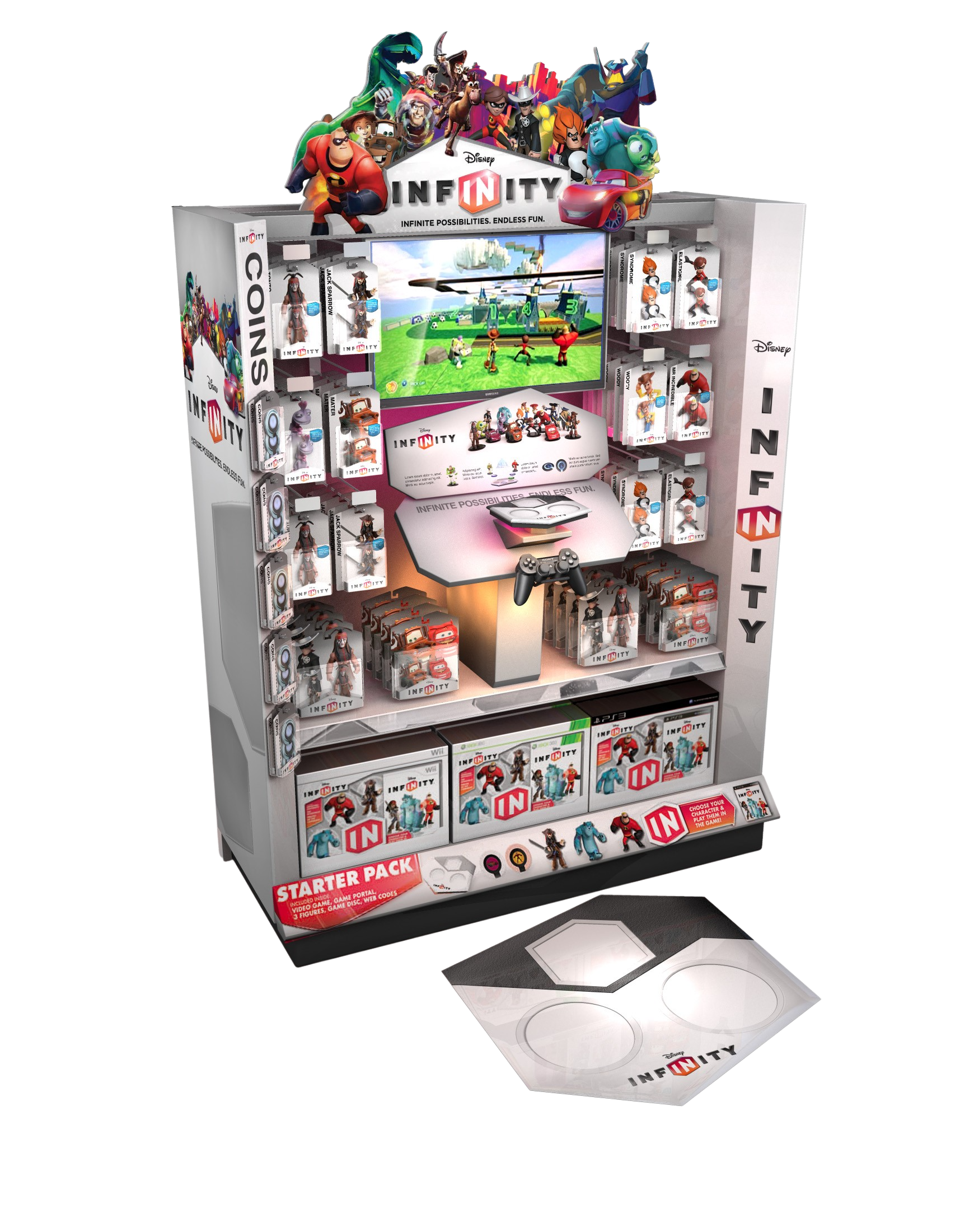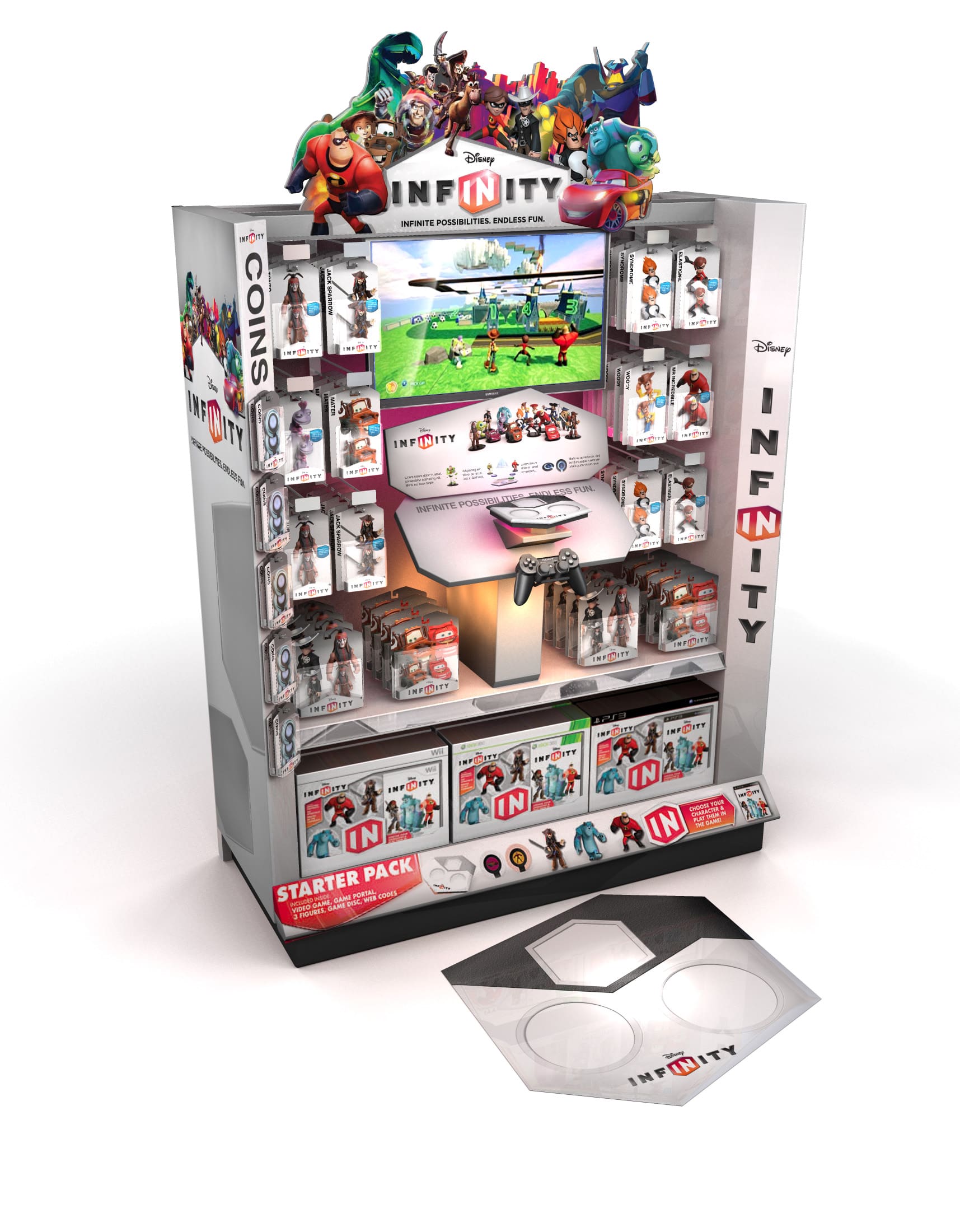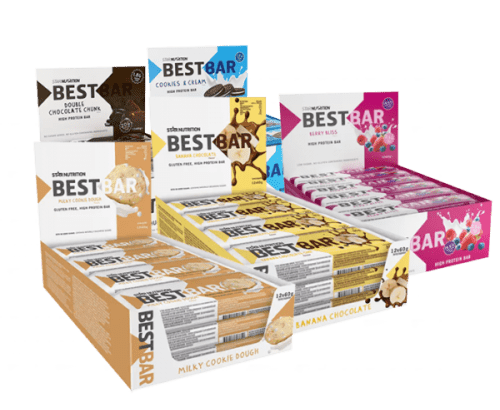Home » Balancing Visual Impact and Logistics in POP Displays
Balancing Visual Impact and Logistics in POP Displays
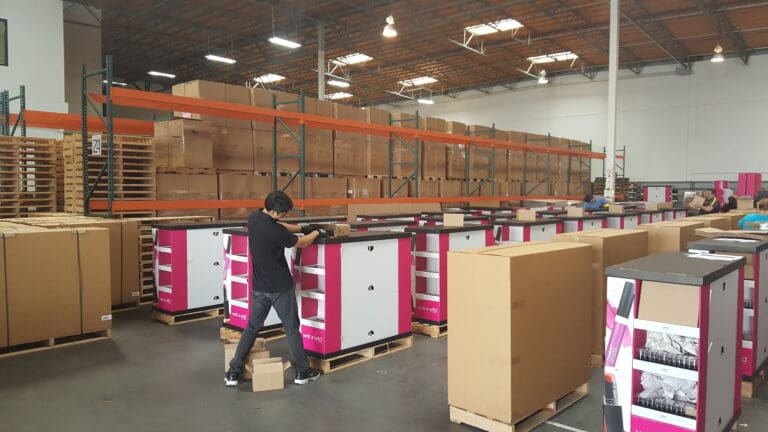
Point-of-purchase (POP) displays must catch a shopper’s eye while also moving efficiently through the supply chain. Striking the right balance between visual impact and logistics ensures displays drive sales without creating costly inefficiencies. A design that leans too far toward graphics may ship poorly, while one built only for logistics risks blending into the background.
The Role of Visual Impact
Graphics and structure are central to a display’s retail performance. Visual impact drives traffic and communicates the brand message at a glance.
- Bold colors and large product imagery attract attention.
- Clean layouts improve readability in busy aisles.
- Seasonal themes and promotions build urgency.
Without strong branding, even the most efficient display may fail to engage shoppers.
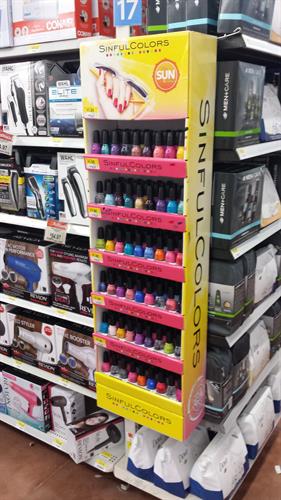
Logistics Demands in POP Displays
Retailers expect displays that not only sell but also ship and set up efficiently. Logistics considerations include:
- Cube efficiency: Displays should maximize pallet and trailer space.
- Durability: Strength to withstand transit and handling.
- Ease of assembly: Retail staff need quick setup without extra labor.
- Compliance: Dimensions must meet retailer guidelines for footprint and safety.
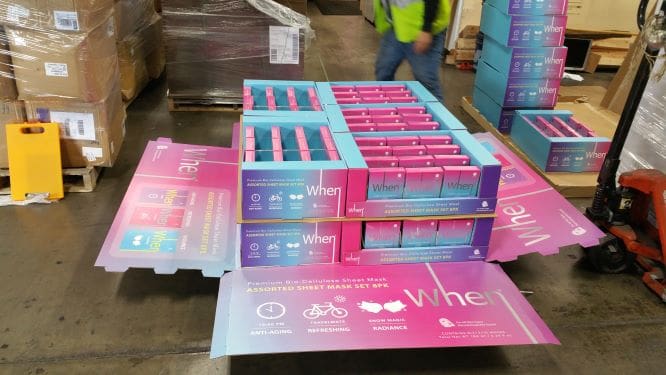
Strategies to Balance Both Sides
- Collaborative design: Structural and graphics teams work together from the start.
- Prototype testing: Confirm visual alignment and shipping durability before production.
- Material selection: Choose corrugated grades that allow high-quality print and strength.
- Right-size graphics: Design branding that adapts to fold lines and pallet constraints.
Examples of Balanced POP Designs
- Club store pallet displays: Large branding surfaces combined with pallet-ready engineering.
- Seasonal promotions: Bold graphics with lightweight, compact shipping formats.
- Cross-merchandising units: Multi-SKU designs that showcase brands while stacking efficiently.
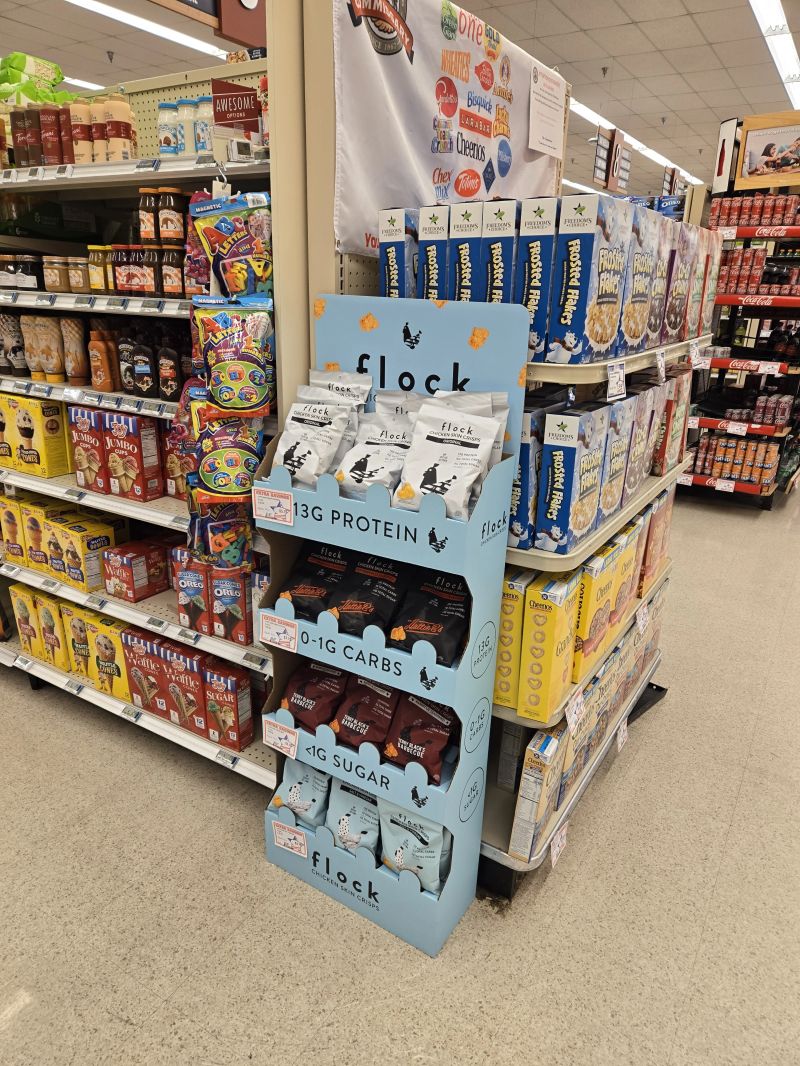
POP Display Solutions with Brown Packaging
Brown Packaging creates POP displays that deliver both retail impact and supply chain efficiency. Our designs maximize brand presence while meeting freight, compliance, and setup demands. Contact us to explore display options that balance impact with logistics.
References
Shop! Association. (2021). Best Practices for In-Store Marketing and POP Displays. Retrieved from https://www.shopassociation.org
Soroka, W. (2009). Fundamentals of Packaging Technology (4th ed.). Institute of Packaging Professionals.
ASTM International. (2022). ASTM D685: Standard Practice for Conditioning Paper and Paper Products for Testing.
Following multiple rounds of tariff changes and trade policy adjustments, 2026 marks a turning point for U.S. packaging buyers. Many who previously transitioned from China to domestic or nearshore suppliers
Shifting packaging production from China to the U.S. can help stabilize costs, reduce tariff exposure, and shorten lead times. But the transition process requires careful planning. For packaging buyers, the
RSC boxes are known for their efficiency and versatility, but their performance ultimately comes down to strength. Buyers often see numbers like ECT, BCT, and burst strength on specifications —
In packaging, foam isn’t just about initial protection — it’s about maintaining performance over the entire shipping or storage cycle. Compression set and recovery characteristics determine whether foam continues to
Home » Balancing Visual Impact and Logistics in POP Displays


